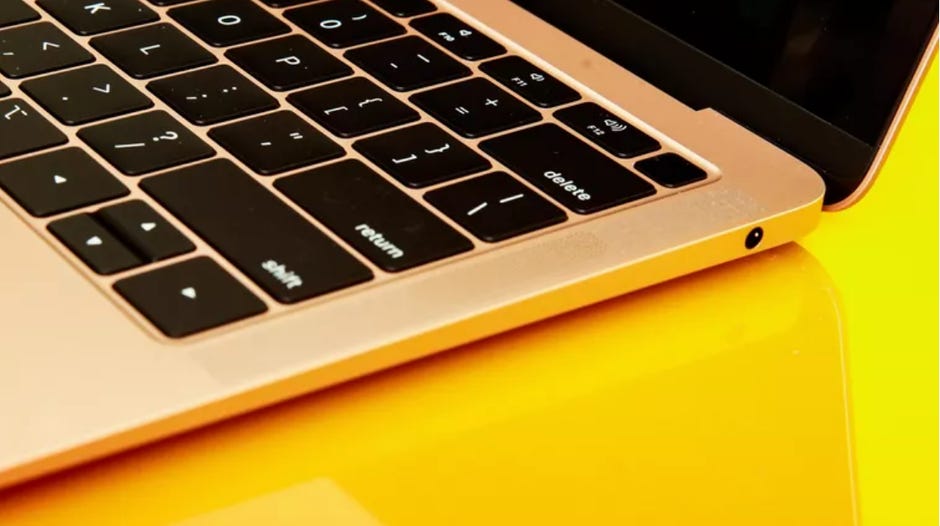When external speakers are plugged in, the noise made is comparable to my old Powerbook 12', so I'm thinking my speakers or the connection to them is messed up. Anyone else experiencing this problem? Macbook 2.0 ghz Superdrive Mac OS X (10.4.6) 2 GB RAM. The Quiet Pro uses Matias’ new Quiet Click mechanical keyswitches. They deliver a feel that’s unmatched for comfort — without sacrificing the tactile feedback you need to type really fast. It’s really quiet. Mechanical keyboards offer the best performance, but they’re noisy — too noisy to use in most offices, or around other people. Reformat that same disk to “Mac OS extended (journaled). Then back on the main menu, go into install reinstall OS X (also can install macOS, in your case would recommend if your Mac can run it), and choose the drive you just erased and formatted. You’ll also need an internet connection.
I'm all for sharing 'the basics' for audience members who area simply new to a platform, however I've grown to know Mac OS X Hints to generally offer a higher standard of how-to.
For this hint in particular, I'm surprised to see two verbose paragraphs which fail to mention several fundamental exceptions. For one, alarms (set by the Apple Clock app) override the silent toggle as do timers. Also, as mentioned by another commenter above, there is no mention of how to further ensure your iPhone will be silent by turning off Emergency and Amber alerts. Even then, I would have thought MacOSXHints would have pointed out, for the benefit of their readers, that unless disabled FindMyiPhone will *always* have the ability to make the phone chirp.
@bryguy: Settings > Notifications [Scroll all the way down]
@robleach: When you know an ad is about to come up try: double tapping the home button to activate the multitasking tray, sliding to the left to the media controls, and sliding to the left again to reveal a persistent media volume control.
To quit (close) a Mac app normally, choose Quit from the app's menu in the menu bar, or press Command (⌘)-Q. If the app doesn't quit, follow these steps to force the app to quit.

How to force an app to quit
Press these three keys together: Option, Command, and Esc (Escape). Or choose Force Quit from the Apple menu in the upper-left corner of your screen. (This is similar to pressing Control-Alt-Delete on a PC.)
Then select the app in the Force Quit window and click Force Quit.
You can even force the Finder to quit, if it stops responding: Select Finder in the Force Quit window, then click Relaunch.
Damn It's So Quiet.. Mac Os 11
Learn more
Damn It's So Quiet.. Mac Os Update
How to force an app to close on your iPhone, iPad, or iPod touch.